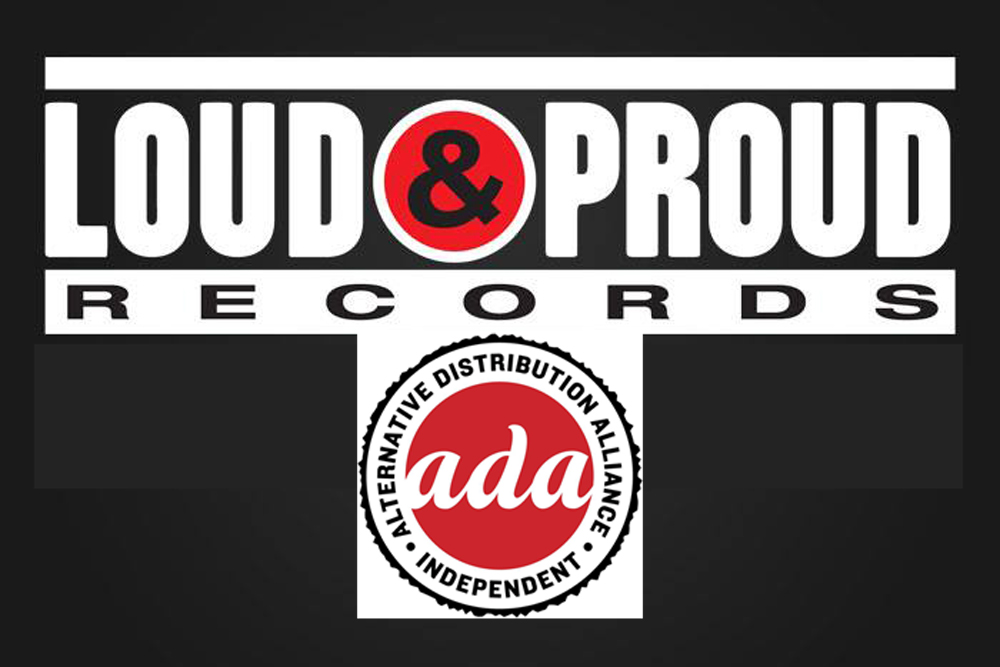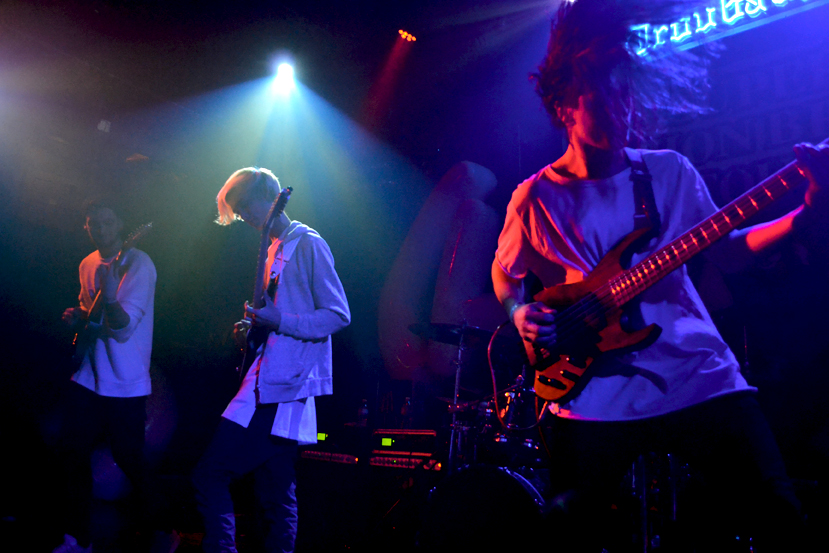Co-Founder/CEO of Music Xray Mike McCready Passes Along Industry Advice
BACKGROUND
Music Xray connects artists and songs with labels, supervisors and others seeking music, helping facilitate, according to the company, about 700 deals per month. More importantly, the site’s unique structure solicits and then sifts data from all parties, then uses that info to predict a song’s hit-potential.
Going For Gold
I’ve been in the industry since 1995. My first job was marketing director at the Olympic venues in Barcelona. In 2001, I crossed over to technology. The problem I wanted to solve was how to use technology to identify high-potential songs and talent at the earliest possible stage. My first company doing that was called Polyphonic HMI. It did spectral deconvolution—it could listen to a track and isolate things like melody, harmony, beat, tempo, rhythm, octave, pitch and chord progression. It would understand the parameters of that song or how each of those variables fit together and compare it to other songs.
Making Predictions
We tried to sell this technology to retailers in the U.S. and U.K. and they had what they were calling Intelligent Listening Posts. Our idea was to put additional software on their server and whatever you were listening to would show recommendations of other music you might like. We had one competitor—Savage Beast. We were both driving into bankruptcy, because retailers were experiencing a decline in sales and weren’t willing to make the investment in our software. We had to figure something out.
Savage Beast changed their name to Pandora and started building radio stations. We created Hit Song Science. Instead of making a recommendation to a person based on what the person liked, we [started making] recommendations to the market based on what the market liked. We sold this service to labels and were much more successful. But this was the early 2000s, and in the race to adopt new technology, the industry finishes just ahead of the Amish, so it was difficult to get the adoption.
Getting an Xray
Someone said, “These reports you bring, it’s like needing a technician to read an X-ray. We just want you to tell us—is this a hit or [not]?” There was internal arm wrestling in the company; the technology company wanted to go in a different direction than I wanted, so we parted at the end of 2005, and I started Music Xray in 2006 as a continuation of that vision.
Determining the Odds
Music Xray is not what it appears to be. It is a data analytics company whose primary mission is to identify high-potential songs and talent. On the surface, Music Xray appears to be a run-of-mill, pay-to-submit website providing a service to help musicians reach decision-makers. That’s a by-product. When an artist puts a song through our system, we provide them with a score that tells them the probability of their song getting a deal via our platform.











